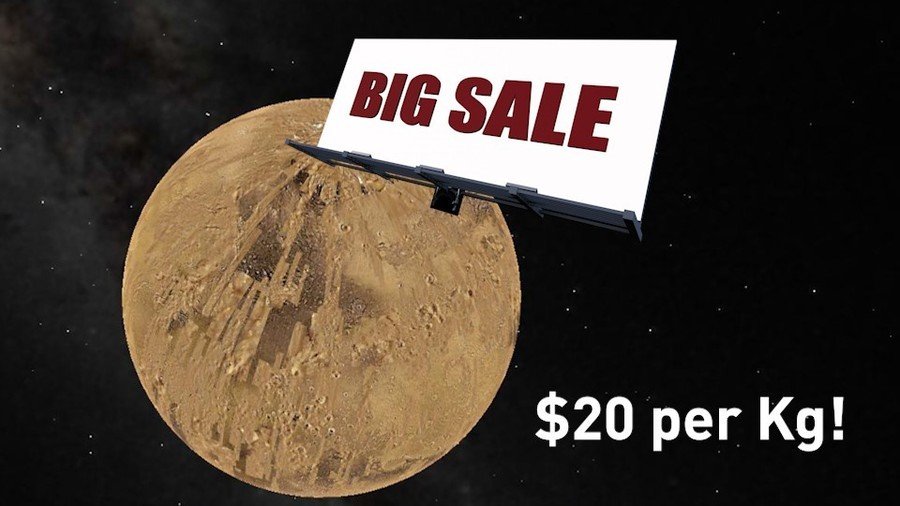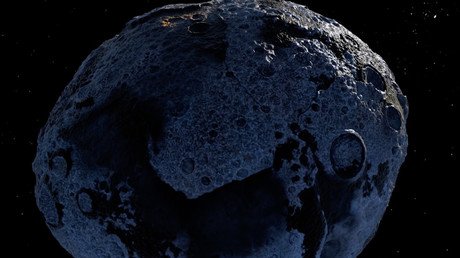Try before you fly: Scientists selling ‘Martian dirt’ to NASA for experiments

NASA may have the technology to visit the real Red Planet but a Florida university is still selling the US space agency faux Martian dirt for intergalactic farming and exploration experiments.
The simulant red soil was developed by the University of Central Florida (UCF) and chemically remodeled on samples picked up by the NASA Curiosity Rover.
According to the researchers, who recently published news of their standardized Mars simulant in the journal Icarus, the faux space dirt contains rare compounds found on Earth to mimic the dust found on Mars.
It’s hoped the simulant, which is being sold at $20 per kilogram (much cheaper than a trip to space), will be a key material for future experiments concerned with creating Red Planet machinery as well as farming techniques.
READ MORE: Space salad: ISS astronauts to eat first cosmic lettuce
An order has already been placed by the Kennedy Space Center, with one of the Florida university’s head researchers warning that it is essential standardized Martian soil is developed so risky exploration projects don’t fail when people eventually do touch down on the alien planet.
“The simulant is useful for research as we look to go to Mars. If we are going to go, we’ll need food, water and other essentials. As we are developing solutions, we need a way to test how these ideas will fare,” said UCF physics professor Dan Britt.
UCF Selling Experimental Martian Dirt — $20 a Kilogram, Plus Shipping https://t.co/Pr6GtmB5sY
— UCF Graduate Studies (@UCFGradStudies) September 28, 2018
“You wouldn’t want to discover that your method didn’t work when we actually get there [Mars]. What would you do then? It takes years to get there,” he added.
NASA has been experimenting with food production in space for many years and the agency is also said to be developing its own simulant. Leafy greens such as romaine lettuce has already been grown on the International Space Station, with astronauts sampling the fare, which was harvested outside Earth’s atmosphere.
Like this story? Share it with a friend!














